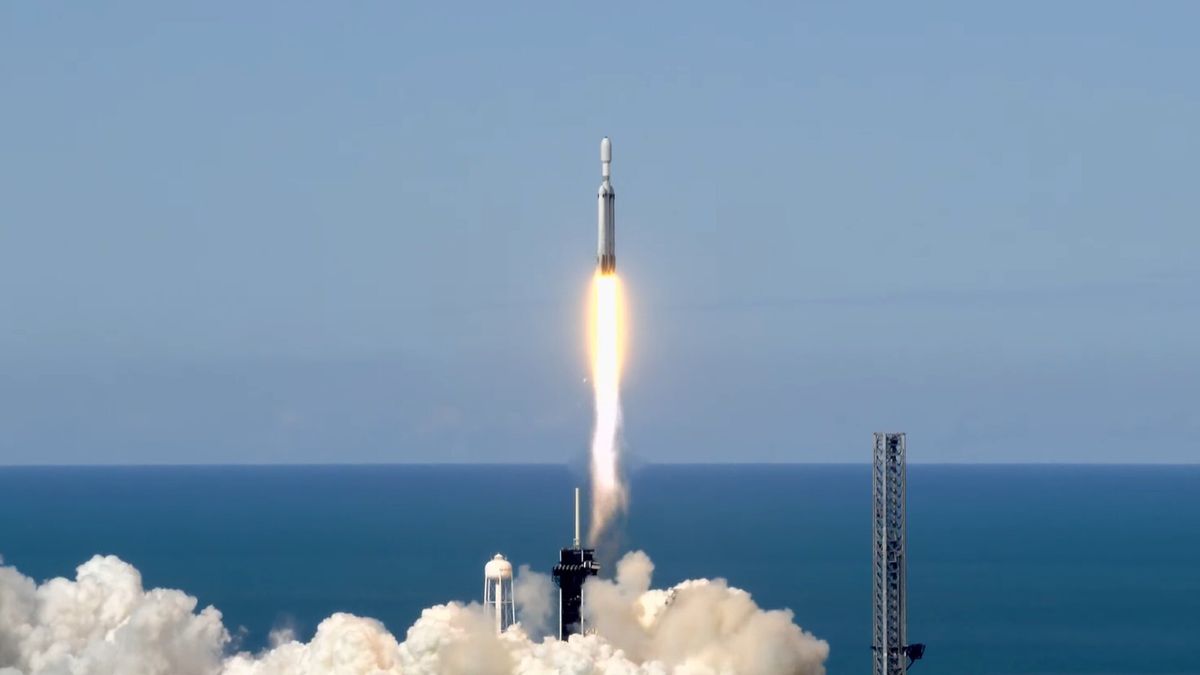Time: 2024-06-26

SpaceX's Falcon Heavy rocket successfully launched the NO weather satellite GOES-U into orbit from Kennedy Space Center's Pad 39A. The launch took place on June 25 at 5:26 p.m. EDT, after a delay due to weather concerns. The Space Force 45th Weather Squadron predicted a 30 percent chance of favorable weather conditions during the launch window, with clouds being a primary concern.
The GOES-U satellite, part of NO's GOES-R series, was directed by NASA and built by Lockheed Martin and L3Harris. This latest addition to the series will enhance storm detection capabilities and provide forecasters with more time to warn the public about approaching threats. Additionally, GOES-U will offer observation of the sun to alert individuals about solar flares.
The Falcon Heavy launch saw the boosters returning to SpaceX landing sites 1 and 2 on the Cape Canaveral Space Force Base shoreline. Spectators at the Kennedy Space Center Visitor Complex witnessed the successful liftoff and booster landings, generating double sonic booms that resonated throughout the Space Coast.
The Falcon Heavy rocket, consisting of three modified Falcon 9 boosters, performed flawlessly during liftoff. While the two side boosters landed safely at Cape Canaveral Space Force Station, the central booster did not have enough fuel for a controlled return to Earth. However, the upper stage successfully deployed GOES-U into geostationary orbit, where it will be renamed GOES-19.
The GOES-U satellite will play a crucial role in monitoring Earth and space weather, with a focus on space weather forecasting. Equipped with new instruments, including a compact chronograph developed by the Naval Research Lab, GOES-19 will provide valuable data for weather forecasting, climate studies, and storm prediction.
The successful launch of GOES-U marks a significant milestone in the partnership between NO and NASA, which has spanned over five decades and involved the operation of more than 60 satellites. The operational lifetime of the GOES-R series will extend into the 2030s, with plans for the GeoXO satellite system to succeed it in 2032, promising even more advanced spacecraft capabilities.
In conclusion, the successful launch of GOES-U by SpaceX's Falcon Heavy rocket represents a major advancement in weather satellite technology, enhancing our ability to monitor and predict weather patterns for years to come.